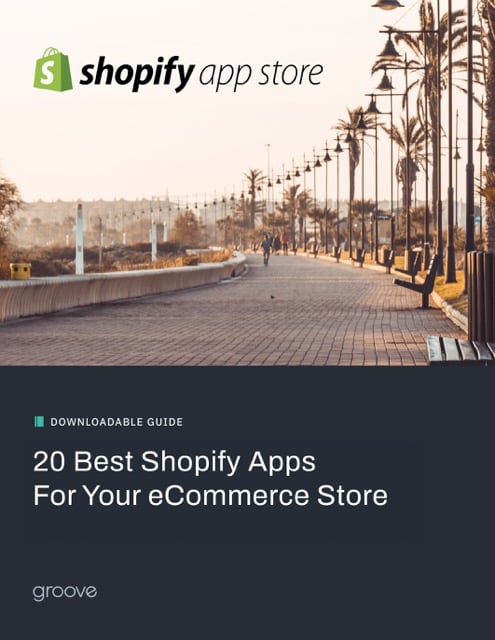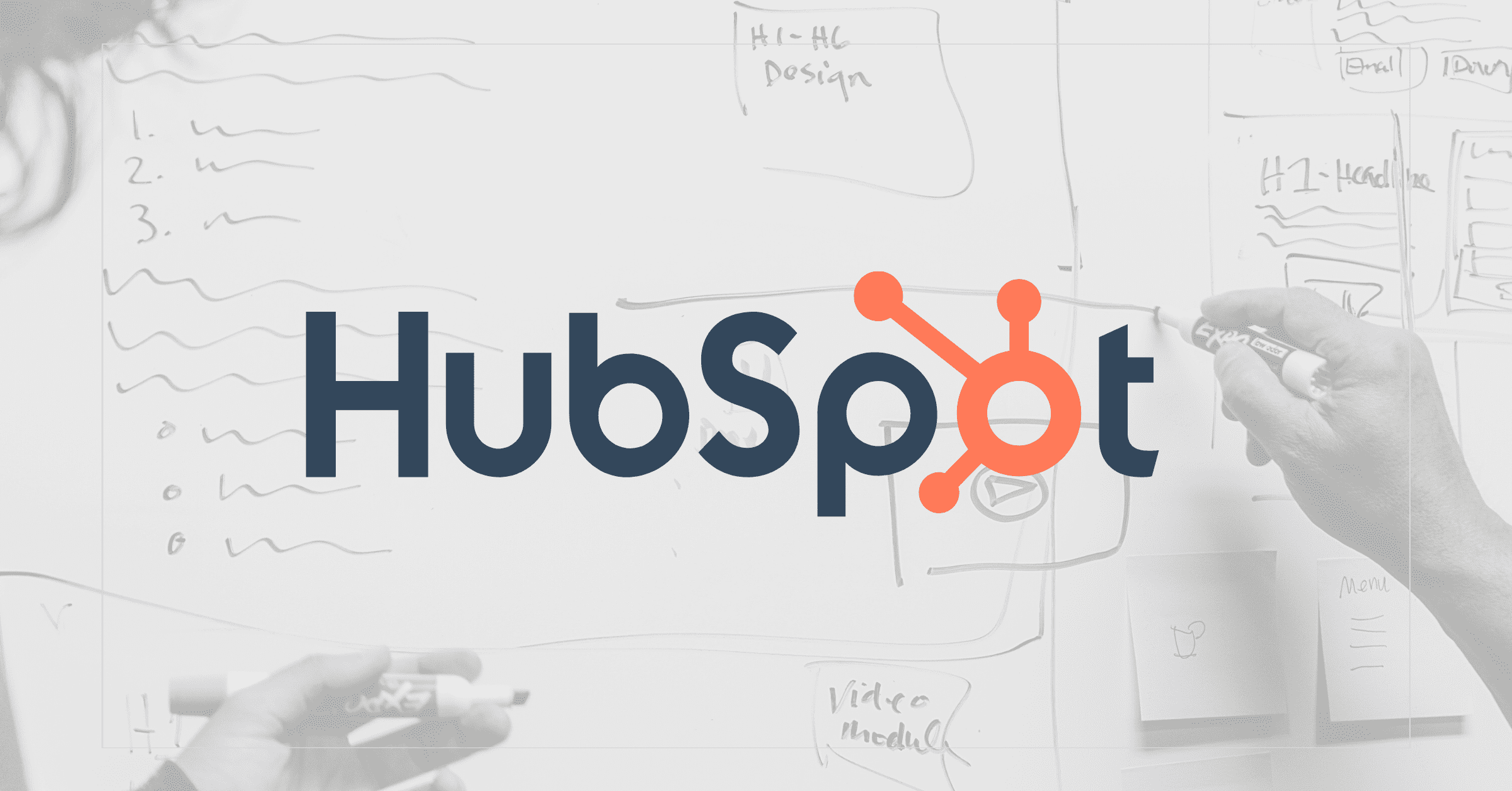Elevate your HubSpot eCommerce strategy by utilizing all the tools and features that the platform has to offer. HubSpot has three primary features: the Marketing Hub, Sales Hub and Service Hub. In this blog, we're covering all things related to content marketing, which can be accessed through HubSpot's Marketing Hub − one of the most beneficial tools that provides teams with 5x the power.
HubSpot Content Marketing: What Is It?
HubSpot defines content marketing as "the process of planning, creating, distributing, sharing and publishing content to reach your target audience." Businesses often optimize their strategy to increase brand awareness, reach, engagement, online conversions and customer loyalty.
Before diving into it, we want to remind you of the importance of creating SMART goals and outlining the KPIs (key performance indicators) that you'll use to measure those goals. Before getting started with HubSpot content marketing or investing in any CRM tool, it's critical that your team has a clear understanding of what you want to accomplish and how you're going to measure success.
Blog Content
Creating an eCommerce blog is a great way to attract prospects to your company and engage with those that are interested in learning more. Put yourself in the consumers' shoes when creating a blogging strategy. Create a list of topics that your targeted personas may be interested in reading, and outline various sub-topics that fall under each category to provide more granular details about a specific topic.
Make blogging a key piece of your HubSpot content marketing strategy if a blog aligns with your business goals. HubSpot allows for companies to express their creativity in terms of the type of content they put out. Use HubSpot topic clusters to create pillar pages with long-form pieces of content, and publish shorter blog posts to aid in your SEO strategy. Don't be afraid to use videos and infographics within blog posts to further engage the reader and provide visuals.
Social Media Content
Social media branding is a key component to any successful content marketing strategy today. With a breadth of platforms available to advertise and post organic content on − like Facebook, Instagram, Twitter, LinkedIn, YouTube and Pinterest, to name a few − businesses near and far are able to reach audiences all over the world.
Enhance your HubSpot content marketing strategy by integrating your Facebook, Twitter and LinkedIn accounts with the platform. Once connected, get ready to share valuable content with your audience! HubSpot allows companies to create, schedule and publish content in advance, which is a great tool for planning out social media posts.
After your posts are published, analyze the extensive reports that HubSpot creates for you. This provides companies with a greater understanding into the performance of each social media post across all platforms as well as the types of content and scheduling times that work best for your business.
Paid Advertising
In addition to scheduling organic social media content, amp up your eCommerce advertising strategy with HubSpot's ad software. This ad software enables users to create highly-targeted ad campaigns based on CRM data.
Strengthen your HubSpot content marketing approach by leveraging audience segmentation through features like lookalike audiences, retargeting functionality, campaign management and more. In addition to reporting on basic metrics like impressions, clicks and cost-per-click, HubSpot reports on leads and ROI produced from each Facebook, LinkedIn or Google ad. This attribution reporting helps businesses better understand how their ads and campaigns are performing.
Email Marketing
HubSpot's email creation functionality makes it easy for teams with zero designing and development experience to create beautiful and professional emails. Customize the design and add various types of content using the drag-and-drop editor.
Personalize your content marketing efforts to each contact in your database by leveraging personalization tokens within HubSpot. Commonly used personalization tokens include First Name and Company Name, yet there are a variety to choose from.
See which contacts are engaging with each email and at what time to further tailor content to that individual. Lastly, take advantage of HubSpot's A/B testing to measure open rates, click-through-rates and more. This will help you write better subject lines and optimize CTAs and buttons within emails to increase performance.
Conclusion
Want to learn more about how HubSpot helps eCommerce businesses enhance their content marketing? Get in touch with us through the form below with any questions, comments or concerns. As a Diamond HubSpot Partner Agency, Groove Commerce is here to help you leverage HubSpot to meet (and exceed!) your eCommerce goals.

E-BOOK
20 Best Shopify Apps For Your eCommerce Store
Explore tags:
About the author
Subscribe to the Groove Newsletter
Get the latest updates and insights straight to your inbox



